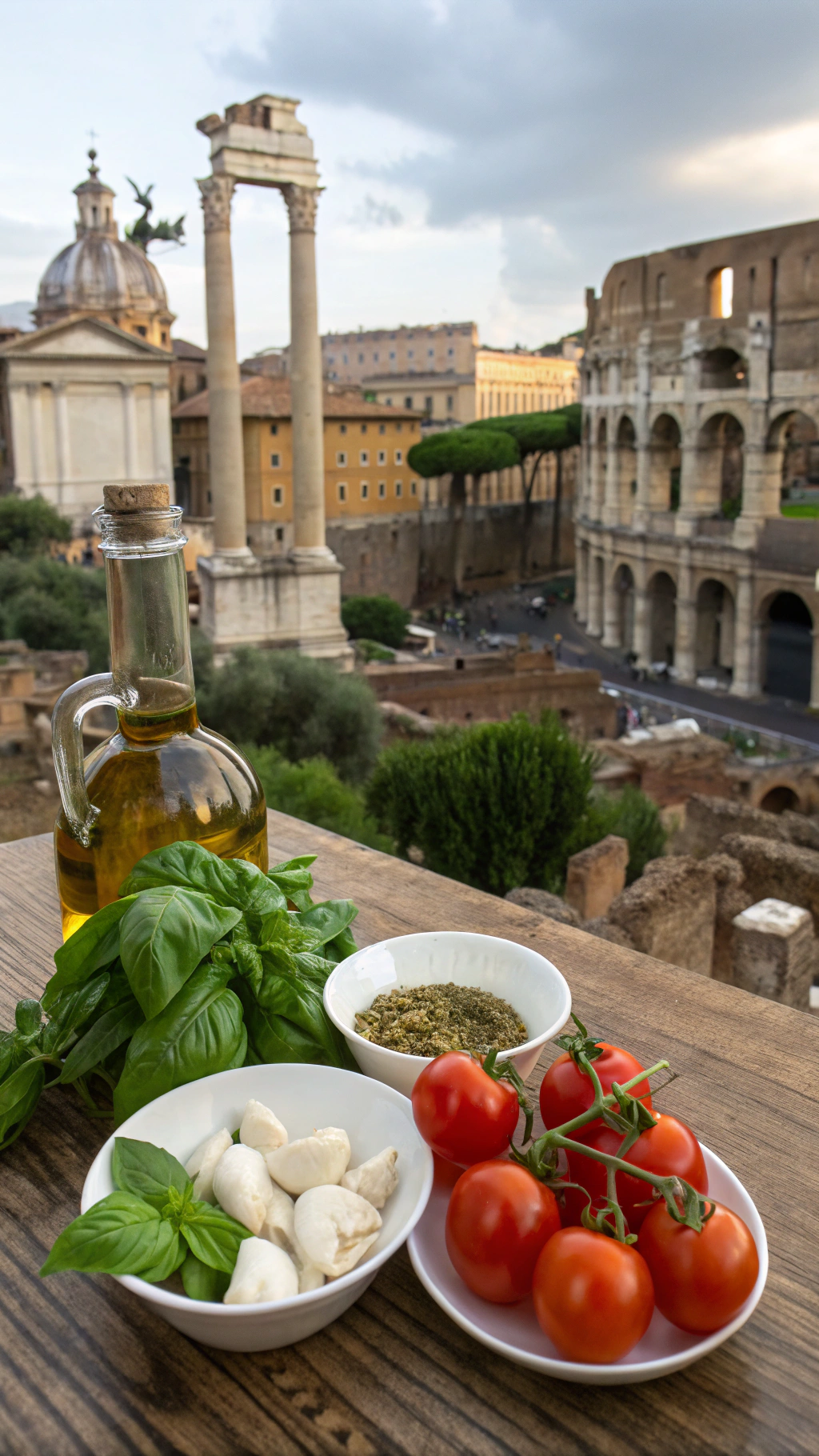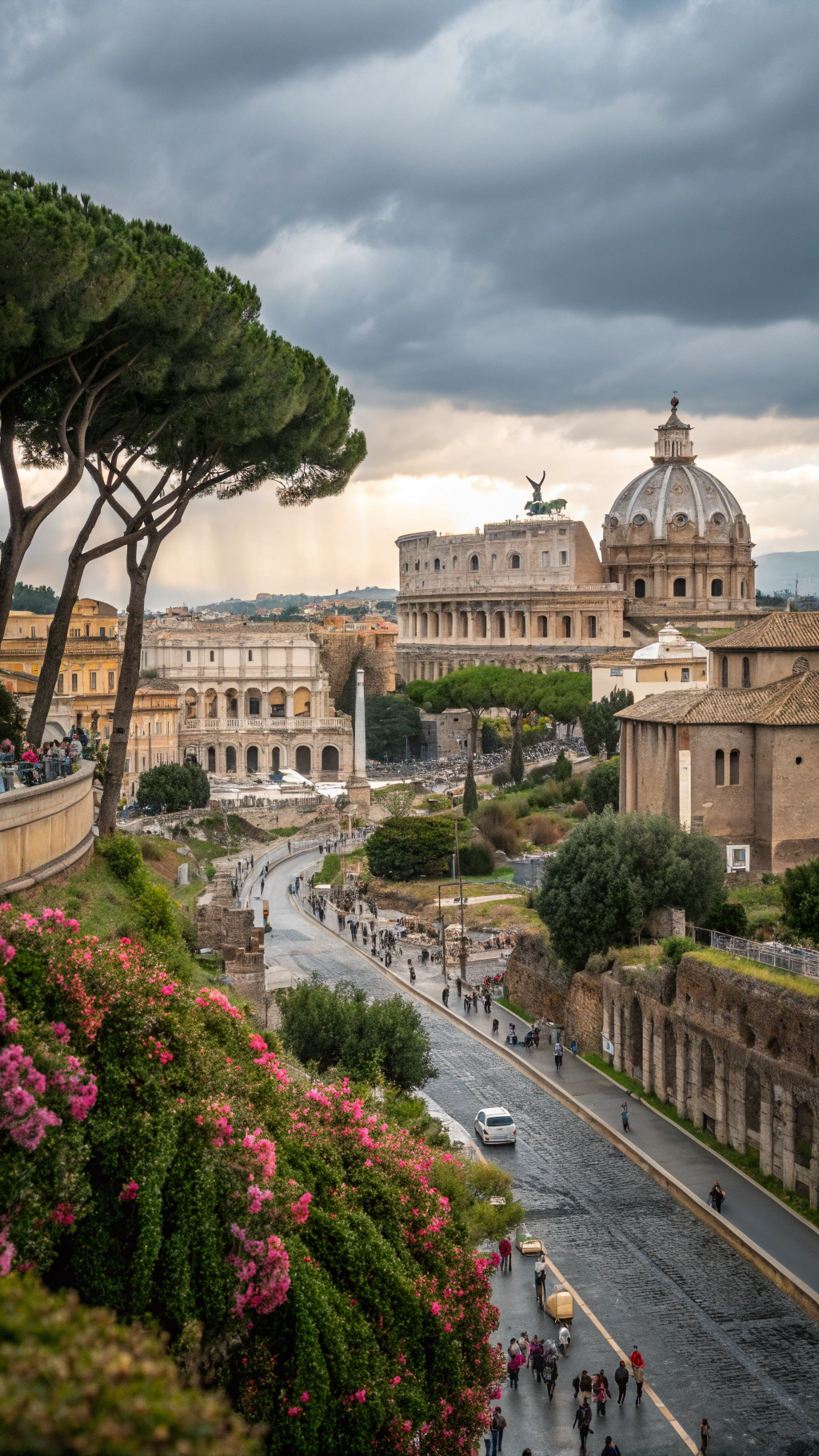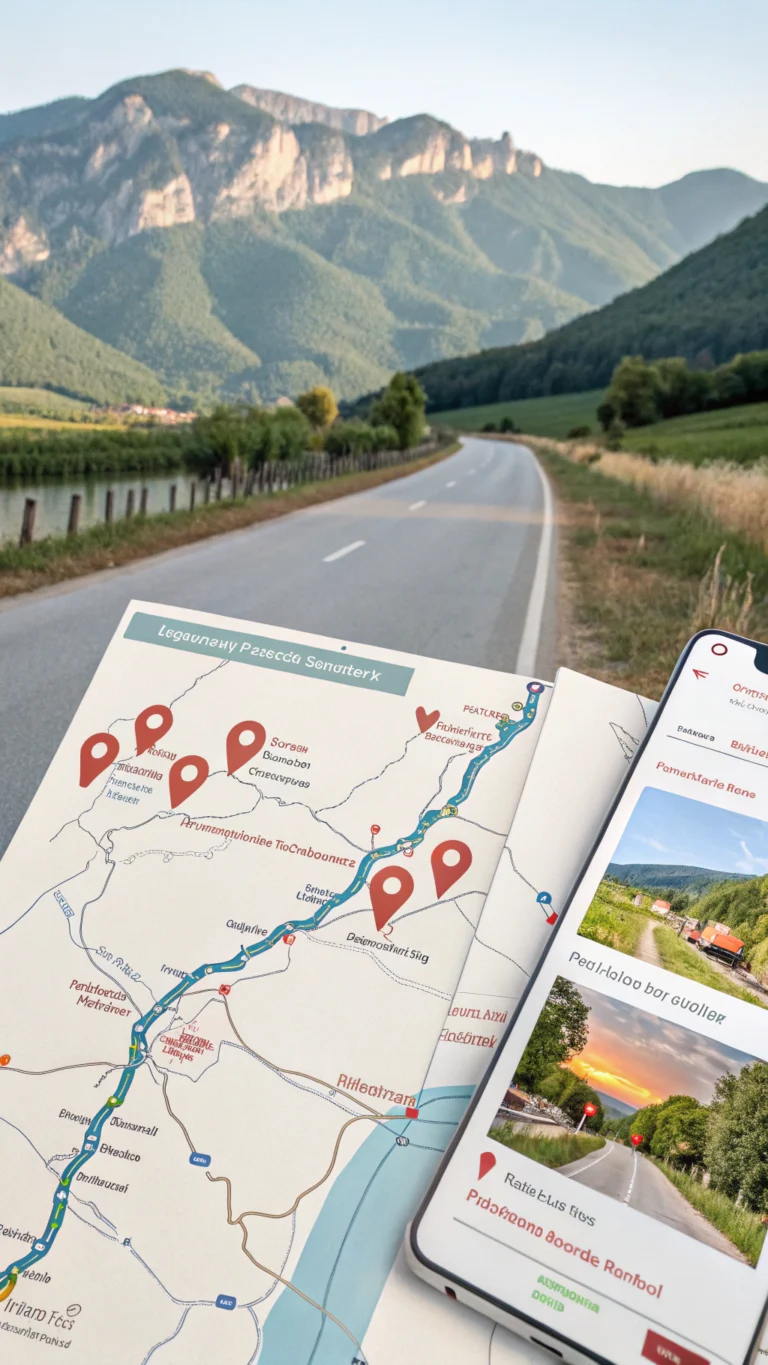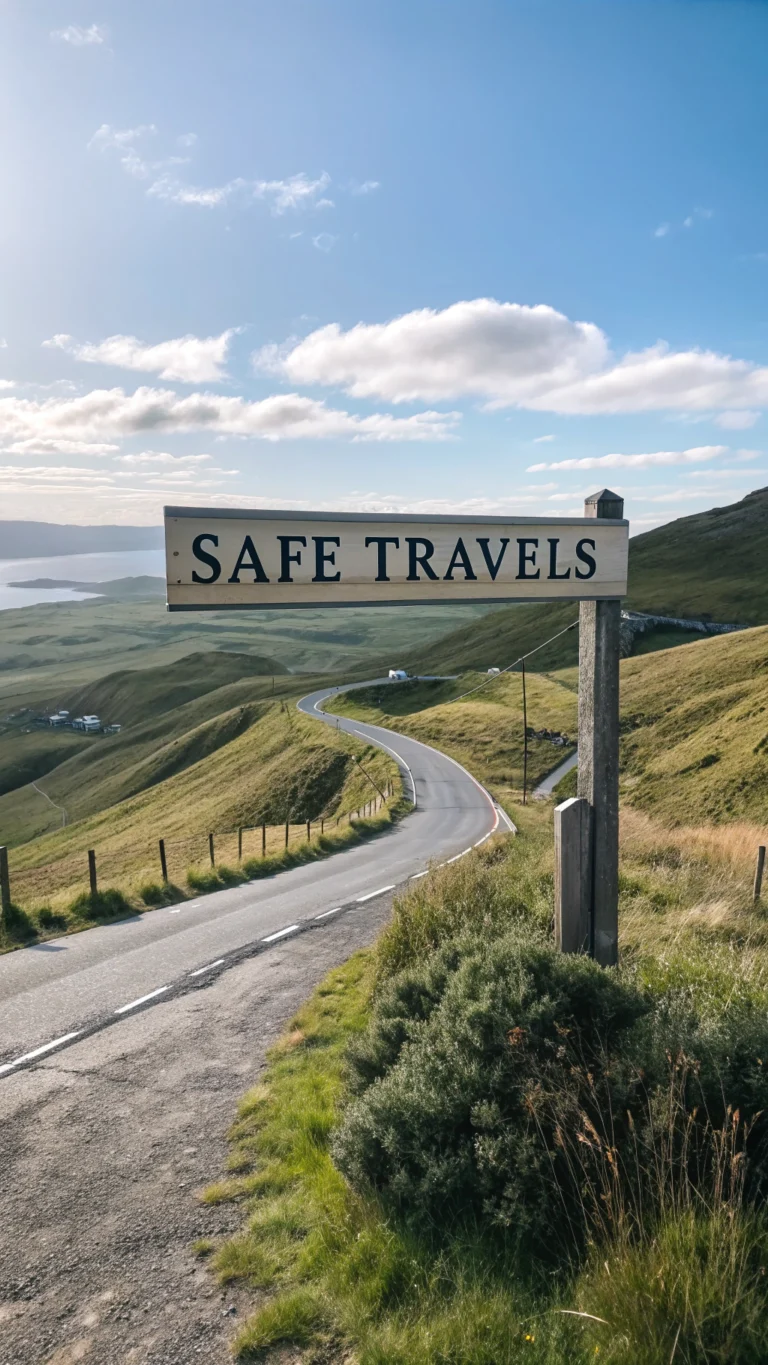Rome Blog: 7 Hidden Gems Only Locals Know About
Table of Contents
Introduction
Have you ever wondered why residents of Rome’s well-known piazzas appear to vanish at midday and then reappear hours later, appearing content and rejuvenated? Romans are enjoying hidden locations that are rarely featured in traditional travel books, while tourists wait in line for hours at the Vatican Museums and the Colosseum. Indeed, 87% of tourists never leave the major attractions in Rome, missing the genuine experiences that characterize the Eternal City’s true spirit, according to recent tourism data.
Being a frequent traveler to the stunning capital of Italy, I’ve gotten to know the inhabitants and they have slowly shared their most private secrets with me. This Rome blog post will give you the inside scoop that few tourists ever find by revealing seven incredible hidden treasures that only locals are aware of.
Destination Overview

Rome is more than just a city; it’s a living museum where the past and present coexist harmoniously. One of the oldest inhabited towns in Europe, this expansive metropolis was established in 753 BC and has been continuously inhabited for more than 2,700 years. Food, family, and a decidedly laid-back attitude toward time—what the Roma refer to as “il dolce far niente” (the sweetness of doing nothing)—are central to the Roma way of life.
The shoulder seasons (April–May and September–October) are the ideal times to visit these secret locations since local life resumes its normal routine after the tourist-heavy summer and temperatures are comfortable, averaging 18–25°C/65–77°F. According to recent tourism data, December sees 70% fewer visitors than July, making winter the most authentic time to visit.
Travel Itinerary
Day 1: Secret Rome
- Morning: Start at Giardino degli Aranci (Orange Garden) for sunrise views over the city (arrives 30 minutes before tour groups)
- Afternoon: Explore the Quartiere Coppedè, Rome’s smallest and most whimsical district featuring fantastical Art Nouveau architecture
- Evening: Dine at Da Enzo al 29 in Trastevere, where locals outnumber tourists 5:1
Day 2: Underground Rome
- Morning: Visit the Basilica of San Clemente to descend through three layers of Roman history
- Afternoon: Explore the Jewish Ghetto, sampling traditional Roman-Jewish cuisine
- Evening: Discover Centrale Montemartini, where classical statues are displayed in a former power plant
Day 3: Rome’s Secret Parks
- Morning: Picnic at Villa Doria Pamphili, Rome’s largest landscaped public park (4x larger than Villa Borghese but with 80% fewer visitors)
- Afternoon: Explore EUR district’s rationalist architecture and artificial lake
- Evening: Aperitivo at Freni e Frizioni, following the local custom of pre-dinner drinks
Must-See Attractions
While the Colosseum sees 7 million visitors annually, these hidden gems receive just a fraction of that attention while offering equally enriching experiences:
Palazzo Doria Pamphilj: A stunning private collection featuring works by Caravaggio, Raphael, and Bernini, yet receives only 5% of the visitors that crowd the Vatican Museums.
Appian Way Regional Park: Walk the ancient Roman road where legions once marched, dotted with catacombs and ruins. Best visited Sunday mornings when it’s closed to traffic.
Quartiere Coppedè: A fairytale architectural fantasy hidden between Quartiere Trieste and Via Salaria, featuring buildings adorned with frescoes, towers, and mythological figures.
Aventine Keyhole: Peer through the keyhole of the Knights of Malta priory for a perfectly framed view of St. Peter’s Dome through three sovereign states.
Monte Testaccio: An artificial hill composed entirely of ancient Roman pottery fragments (testae), now home to a vibrant nightlife district that locals frequent.
The Rome blog community often recommends visiting these spots early weekday mornings for the most authentic experience.
Where to Stay
Skip the tourist-saturated Centro Storico and consider these authentic neighborhoods:
Monti: Rome’s coolest district, with bohemian boutiques and wine bars where locals actually hang out. The Hotel Forum offers rooftop views of ancient ruins at 30% less than comparable Centro Storico hotels.
Testaccio: The heart of Roman cuisine, where food markets and traditional eateries abound. Airbnbs here average €85/night compared to €150+ in more touristy areas.
Prati: Elegant residential neighborhood near the Vatican with excellent shopping and dining. Hotel Della Conciliazione offers four-star accommodation at three-star prices.
Pigneto: Rome’s hipster haven with street art, indie bars and a thriving aperitivo scene. Ideal for travelers seeking Rome’s contemporary cultural side.
Food & Local Cuisine
Beyond the tourist traps of carbonara and pizza, locals indulge in:
- Quinto Quarto: Traditional offal dishes like pajata (milk-filled veal intestines) at Checchino dal 1887 in Testaccio
- Trapizzino: Modern Roman street food—pocket-shaped pizza filled with traditional stews—at the original location in Testaccio
- Maritozzo: Sweet breakfast bun filled with whipped cream, best at Il Maritozzaro in Trastevere
- Supplì: Fried rice balls with mozzarella centers at Supplizio, owned by Rome’s “King of Supplì”
For dietary restrictions, Flower Burger offers creative vegan options, while Mama Eat provides entirely gluten-free Roman classics without sacrificing flavor.
Travel Tips & Essentials
- Rome’s public transportation network is comprehensive but unpredictable—the transit app Moovit provides real-time updates more accurately than Google Maps.
- Always carry cash; many local establishments still don’t accept cards.
- Learn the phrase “Posso avere il conto, per favore?” (Can I have the bill, please?) as waiters typically won’t bring it until specifically requested.
- The best gelato has natural colors (pistachio should be pale green, not bright green), and flat rather than mountainous displays.
Common Mistakes to Avoid
- Tipping: Locals never leave more than a few euros rounded up from the bill.
- Dining Schedule: Restaurants serving dinner before 7:30 PM cater exclusively to tourists. For authentic experiences, dine 8:30 PM or later.
- Cappuccino After Noon: Locals consider milk-based coffees strictly breakfast drinks—order an espresso instead after meals.
- Validate Tickets: Always validate public transport tickets in the yellow machines to avoid €50+ fines.
Budget Breakdown
- Accommodation: €85-150/night (apartments), €120-300/night (hotels)
- Local Restaurant Meal: €15-25 per person (excluding tourist areas)
- Coffee: €1-1.50 (standing at bar), €3-4 (sitting at table)
- Transportation: €1.50 per ride or €7 for 24-hour pass
- Museum Entry: €8-16 for major sites
A typical day in Rome costs approximately €70-100 per person (excluding accommodation), roughly 20% less than Florence or Venice.
Final Thoughts
Rome is a living museum where the past and present coexist together; it is more than just a metropolis. Established in 753 BC, this vast city has been continuously inhabited for over 2,700 years, making it one of the oldest inhabited towns in Europe. The Roma way of life revolves around food, family, and a distinctly relaxed view of time, which they call “il dolce far niente” (the sweetness of doing nothing).
Have you found any hidden gems in Rome of your own? Post them in the comments section below, or use our comprehensive recommendations to organize your real Roman vacation!
FAQs
When dining in Rome, how can I steer clear of tourist traps?
A: Try to find eateries with no pictures on the menu, see whether locals are eating there, and go at least three blocks away from the main attractions.
Is it feasible to take public transit to see these hidden treasures?
A: All of the places listed are served by Rome’s public transportation system, albeit some may be ten to fifteen minutes’ walk from the closest stop.
What time of year is ideal for exploring Rome’s hidden gems?
A: During lunch (1-3 PM) and early mornings (7-9 AM), when the majority of visitors are at important sites or dining establishments.
Are families with kids able to enjoy these hidden gems?
A: The majority are suitable for families, with Centrale Montemartini and Villa Doria Pamphili being especially kid-friendly.
How much knowledge of Italian is required to visit Rome’s lesser-known neighborhoods?
A: In less touristic locations, knowing how to order meals and ask for directions will tremendously improve your experience, although basic greetings and phrases will do.







